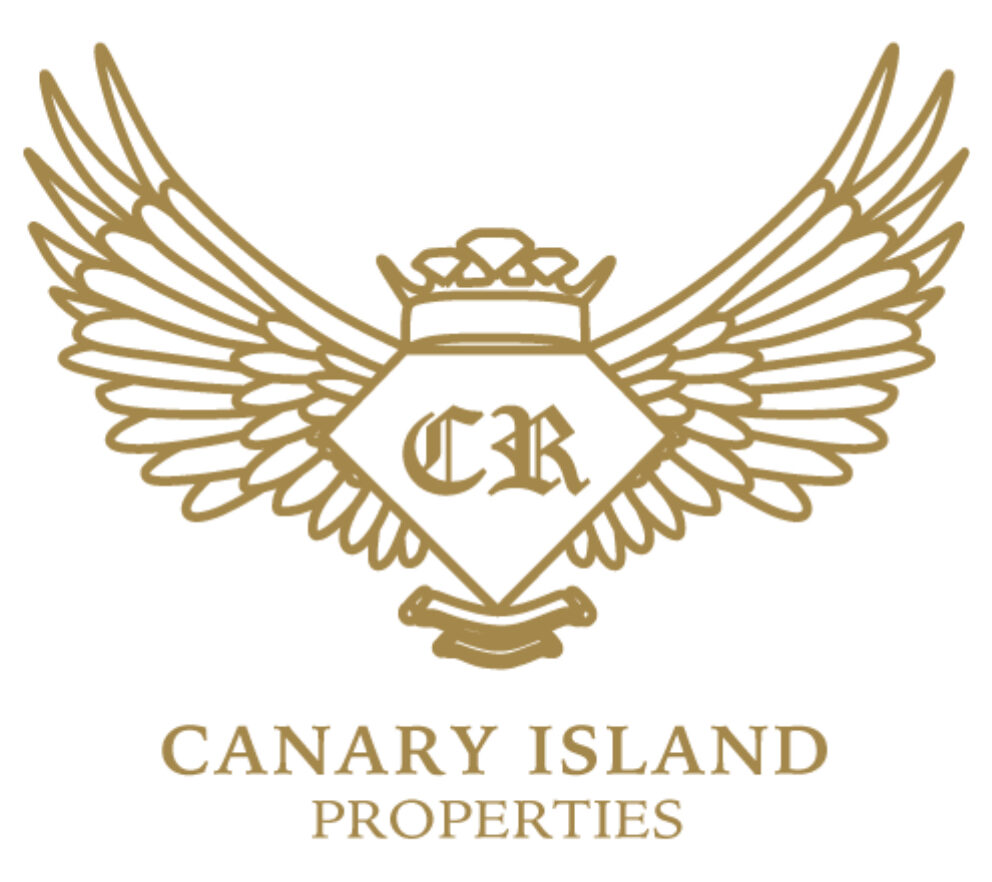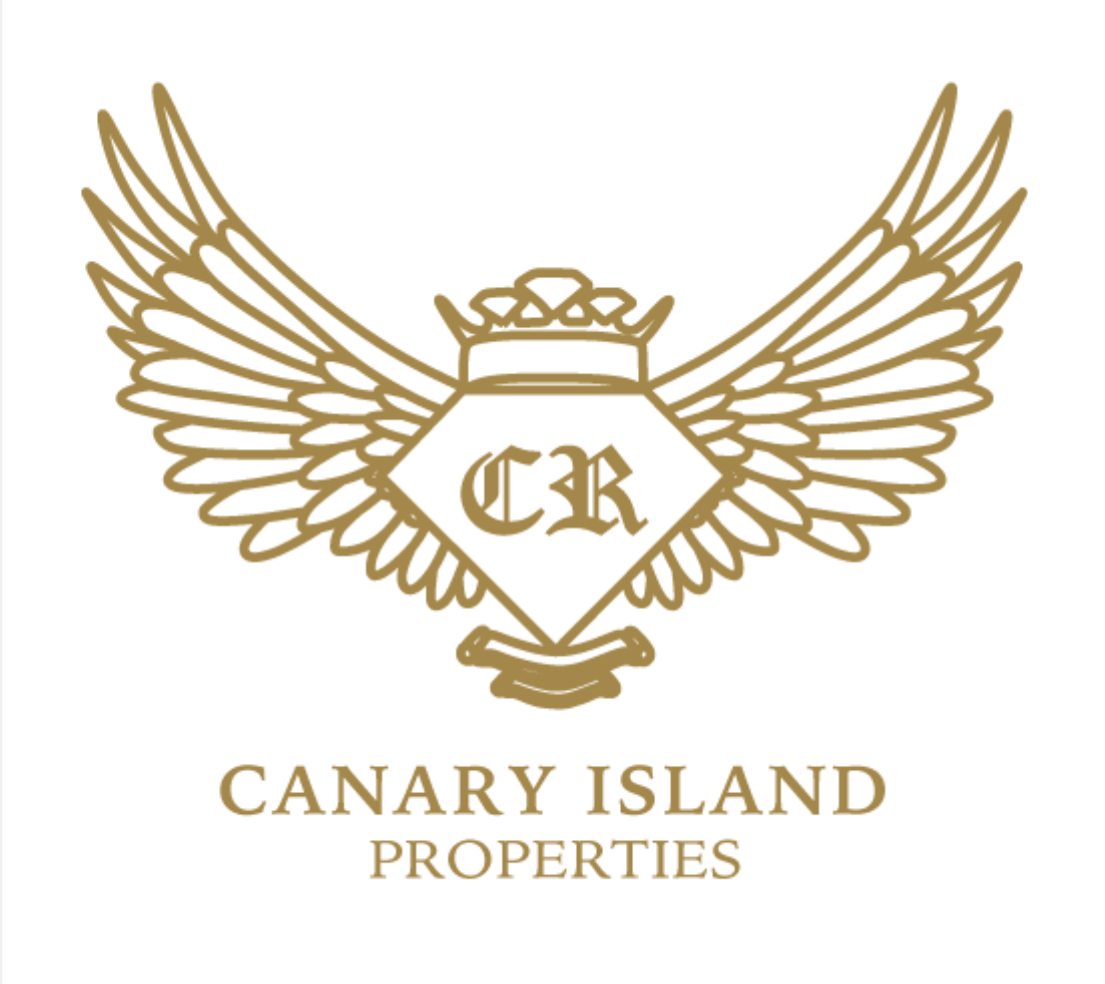vzclon94399108
About vzclon94399108
Understanding Precious Metals IRA: A Comprehensive Information
Lately, the interest in various investments has surged, notably within the realm of retirement planning. One of the notable choices gaining traction is the Treasured Metals Particular person Retirement Account (IRA). This report goals to elucidate the concept of Precious Metals IRAs, their advantages, potential drawbacks, and the processes concerned in setting one up.
What is a Precious Metals IRA?
A Precious Metals IRA is a kind of self-directed individual retirement account that allows traders to carry physical treasured metals corresponding to gold, silver, platinum, and palladium as a part of their retirement portfolio. In contrast to traditional IRAs, which sometimes hold paper assets like stocks and bonds, a Precious Metals IRA offers an opportunity to diversify one’s retirement savings with tangible assets. This may serve as a hedge towards inflation and financial uncertainty.
Kinds of Treasured Metals Allowed
The internal Revenue Service (IRS) has particular tips regarding which treasured metals will be included in a Precious Metals IRA. The following metals are permitted:
- Gold: Must be of at the least 99.5% purity. Generally accepted forms embody gold bullion coins like the American Gold Eagle, Canadian Gold Maple Leaf, and gold bars from accepted refiners.
- Silver: Should be at the very least 99.9% pure. Accepted types include silver bullion coins such because the American Silver Eagle and Canadian Silver Maple Leaf, in addition to silver bars from authorized refiners.
- Platinum: Should have a purity of a minimum of 99.95%. Acceptable forms embody platinum bullion coins and bars.
- Palladium: Also requires a minimum purity of 99.95%. Palladium bullion coins and bars may be included.
Benefits of a Precious Metals IRA
- Diversification: Valuable metals present a option to diversify an funding portfolio. They usually behave in another way than stocks and bonds, which may also help mitigate danger.
- Inflation Hedge: Traditionally, valuable metals have maintained their value throughout periods of inflation. As the buying energy of fiat foreign money declines, the worth of precious metals tends to rise.
- Tangible Asset: Not like stocks or bonds, valuable metals are bodily assets that can be held in hand. This tangibility can provide a way of safety for traders.
- Tax Advantages: Like traditional IRAs, Precious Metals IRAs provide tax-deferred progress. Which means that taxes on beneficial properties are postponed till withdrawals are made during retirement.
- International Demand: Precious metals are wanted worldwide, each for investment and industrial functions. This international demand can contribute to cost stability and growth.
Potential Drawbacks
- Storage and Insurance coverage Costs: Bodily precious metals have to be stored in an permitted depository, which incurs storage charges. Additionally, traders might need to insure their holdings, adding to the overall cost.
- Restricted Liquidity: Selling physical metals may be less straightforward than liquidating stocks or bonds. It may take time to find a buyer, and selling costs can fluctuate primarily based on market conditions.
- Market Volatility: While precious metals can be a hedge against inflation, they are not immune to market fluctuations. Costs will be unstable primarily based on geopolitical events, foreign money energy, and market demand.
- Regulatory Compliance: Buyers must adhere to IRS regulations concerning the forms of metals that can be included and the methods of storage. Failing to comply can lead to penalties and tax implications.
How you can Arrange a Precious Metals IRA
Organising a Precious Metals IRA includes a number of steps:
- Select a Custodian: Step one is to select a reputable custodian who focuses on self-directed IRAs and is experienced in dealing with precious metals. The custodian will handle the account and ensure compliance with IRS rules.
- Open the Account: After choosing a custodian, the investor must full the mandatory paperwork to open a Precious Metals IRA. This may increasingly contain transferring funds from an present retirement account or making a new contribution.
- Select Valuable Metals: As soon as the account is established, the investor can choose which valuable metals to buy. If you have any questions about wherever and how to use recommended precious metals ira accounts, you can get in touch with us at our web-page. It’s essential to select metals that meet IRS purity requirements.
- Buy and Storage: The custodian will facilitate the purchase of the selected metals and arrange for his or her storage in an authorised depository. The investor will not take bodily possession of the metals to comply with IRS rules.
- Monitor and Manage: Buyers ought to frequently monitor their Precious Metals IRA to evaluate performance and make informed selections concerning future purchases or gross sales.
Conclusion
A Precious Metals IRA generally is a beneficial addition to a diversified retirement portfolio, offering traders with a hedge towards inflation and economic uncertainty. Nevertheless, it’s crucial to know the associated prices, regulations, and market dynamics before committing to this investment strategy. By rigorously contemplating the benefits and potential drawbacks, buyers can make knowledgeable selections that align with their lengthy-time period financial goals. As with all investment, conducting thorough research and consulting with monetary advisors is advisable to optimize retirement savings successfully.
No listing found.

